 I know what you must be thinking; there are a million and one recipes for Yorkshire pudding on the interweb, in books and magazines so what on earth is all the fuss about? It’s just a batter; not a very complex one at that. Precisely – it’s so simple, but it remains a black art, and certainly for some unknown reason it can be the make or break of a roast dinner in the UK.
I know what you must be thinking; there are a million and one recipes for Yorkshire pudding on the interweb, in books and magazines so what on earth is all the fuss about? It’s just a batter; not a very complex one at that. Precisely – it’s so simple, but it remains a black art, and certainly for some unknown reason it can be the make or break of a roast dinner in the UK.
I should just point out a little bit about this humble, puffy delight; Firstly, there is NO definitive recipe. There are many similar ones, but ask ten different people from ten different areas of the UK and I will show you ten different ratios, ten different cooking temperatures and ten different techniques. The Yorkshire pudding has its roots firmly embedded in the north of England, hence the name, and in times gone by, when eggs and milk were plentiful, but meat was not, ‘Yorkies’ were cooked and served before the main part of a meal to fill up the guests so they didn’t use up too much of the meat course that followed. Usually done as one communal pudding that everyone pulled their portion from, this screams of common sense cooking if you ask me. As time went on, the humble Yorkie evolved into single portions, and has even been the vessel in which the main meal is served – sliced beef, roasted potatoes and vegetables smothered in rich onion gravy is one of hundreds of popular fillings and indeed, saves on washing up!
Over the years inventive chefs and humble housewives have added herbs, spices and flavourings to the batter, some with better results than others – even sweet versions are popular and there are restaurants whose menus comprise just Yorkshire puddings with imaginative, sophisticated and perhaps over zealous dishes that actually are so far removed from the original that they cease to be Yorkshire puddings anymore.
However you make yours, they are moreish, light and an obvious omission from a Sunday roast if forgotten! Here’s my recipe, (that’s a million and 2 now) which I have honed and experimented with over several months. All I can say is that it consistently works well for me. Forget all the old tales about chilling the batter, using sparkling water, separating eggs, only using certain oils etcetera, the golden rules are; Hot oven, hot oil, speed and patience… oh, if you can get proper Yorkshire spring water, then that might just help…
Makes around 18 – 24
6 eggs
350ml milk, whole or semi-skimmed will work fine
350g Plain flour
1 dsp Vegetable oil per pudding ( you may need slightly more, depending on the size of the compartments of the tin you are using.)
Around 70ml cool water
Good pinch of salt and pepper
Let’s cook.. First, preheat the oven to 250°c, grab a nice big mixing bowl and put in the flour, crack in the eggs and using a balloon whisk, stir by hand (don’t use a blender – I have tried and for some reason it just doesn’t work so well) until roughly mixed – try and get as many lumps out as possible at this stage, but don’t worry too much – then add the seasoning, water and milk and whisk for at least 3 or 4 minutes, preferably for 5 or 6; ( or, as a head chef once said to me – “until your arm falls off”) until you have a smooth, silky batter mixture, full of little bubbles. Decant the mixture into a jug – one that has a decent pouring lip on it.
Next stage is to heat the tins – I use deep muffin tins with 6 compartments – put 1 dsp per compartment of vegetable oil, sunflower oil or rapeseed oil – any oil that will withstand a high temperature will work well. Olive oil doesn’t tend to work as well, because of it’s low maximum temperature, which is great to minimise the risk of burning garlic and other ingredients, but not for Yorkies.
Obviously, when handling hot oil, please be careful. Make sure that your tins are absolutely dry before adding the oil, otherwise they can spit once hot. Don’t overfill them, and always handle with an appropriate heat proof cloth or gloves.
Put the tins into the oven and heat the oil for 4 or 5 minutes until smoking, then carefully but swiftly remove from the oven onto a heat proof surface – I put down a few old tea towels which protects the work surface and also keeps the heat in the oil a little longer – you need to act quick while the tins are out, so pour a little of the batter into the centre of each compartment to a depth of 10 – 15 mm. As the batter hits the oil, you should hear a sizzle. The longer you take, the smaller the sizzle. Don’t over fill, you will end up with heavy, soggy bottomed puds, drenched in oil. Return the tins to the oven, close the door, reduce the temperature to 200°c and LEAVE IT ALONE for 9 minutes. Don’t open the door, don’t even think about it!

Simple, light and an absolute must for a roast dinner – the UK’s contribution to European cuisine apart from fish and chips..!
After this time, you will have light, risen, but slightly pale Yorkies. You have done the hardest part.
Reduce the temperature again to 180°c, and continue to cook for another 5 minutes, checking halfway through, or if you have one of those ovens whose temperatures differ from shelf to shelf, just move them to the coolest part, usually the lowest. Remove the trays from the oven and allow them to cool for 5 minutes. If you try to remove them too early, chances are they will tear, and all the hot air which is now drying out the puffed up interior of the pudding will escape. It’s all in the science..
Your Yorkies will weigh very little, with high sides and can be cooked before the rest of your meal so you don’t have to worry about timings. To reheat, spread out onto a baking tray and pop into the oven for just one minute. If you use larger tins, you will use more mixture, and you may need to bake for around 20 -30 minutes – but don’t be put off – you can fill them with bacon, eggs, sausages and beans, meats with or without sauces, vegetables, roasted or char-grilled – the world is your oyster, so let your imagination run wild with your favourite fillings, and let me know how you get on! Enjoy.

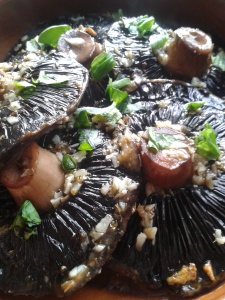
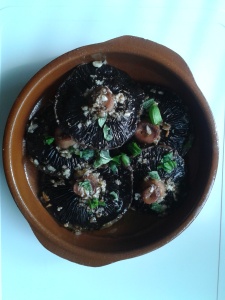

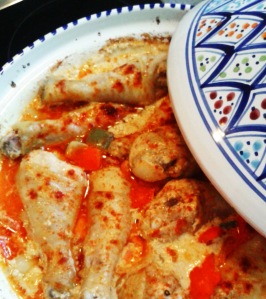


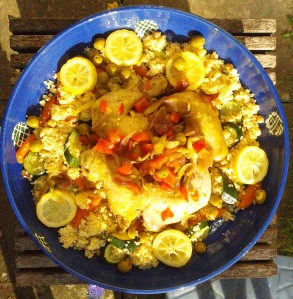




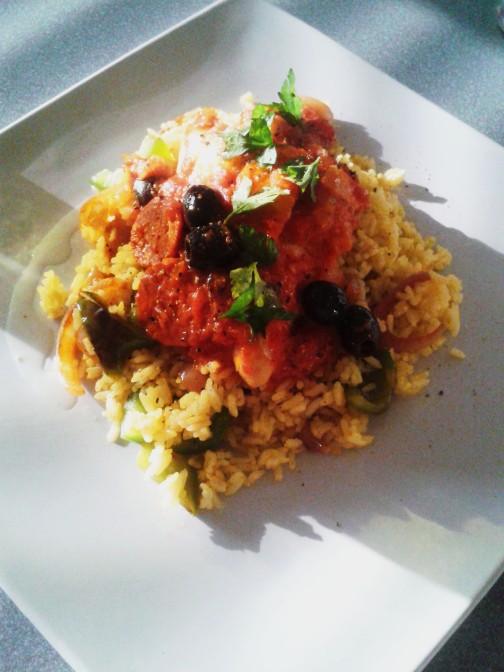

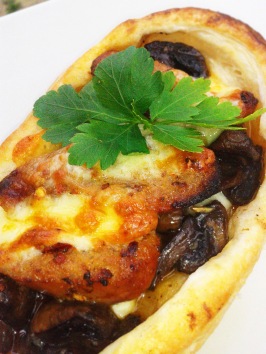




You must be logged in to post a comment.